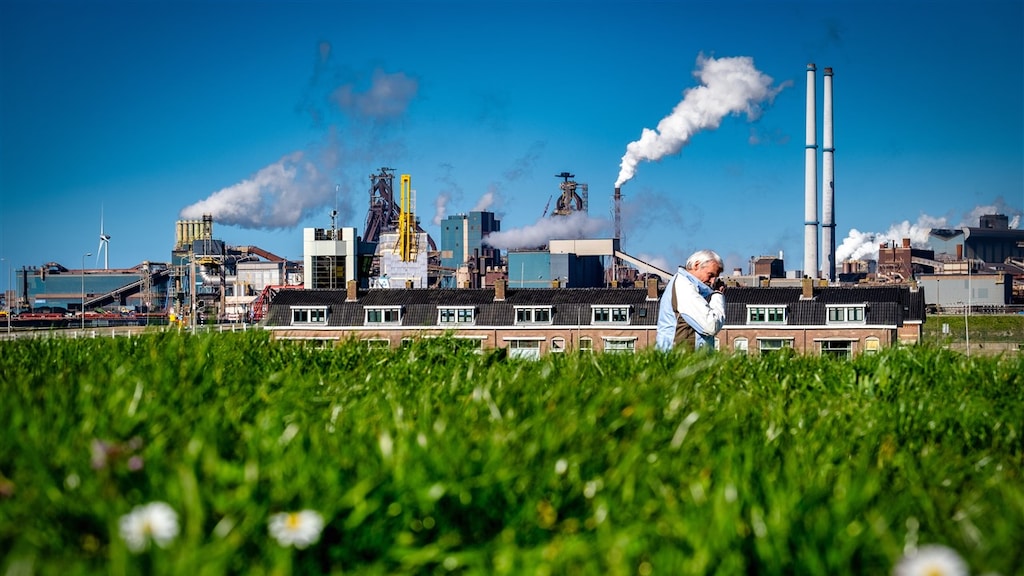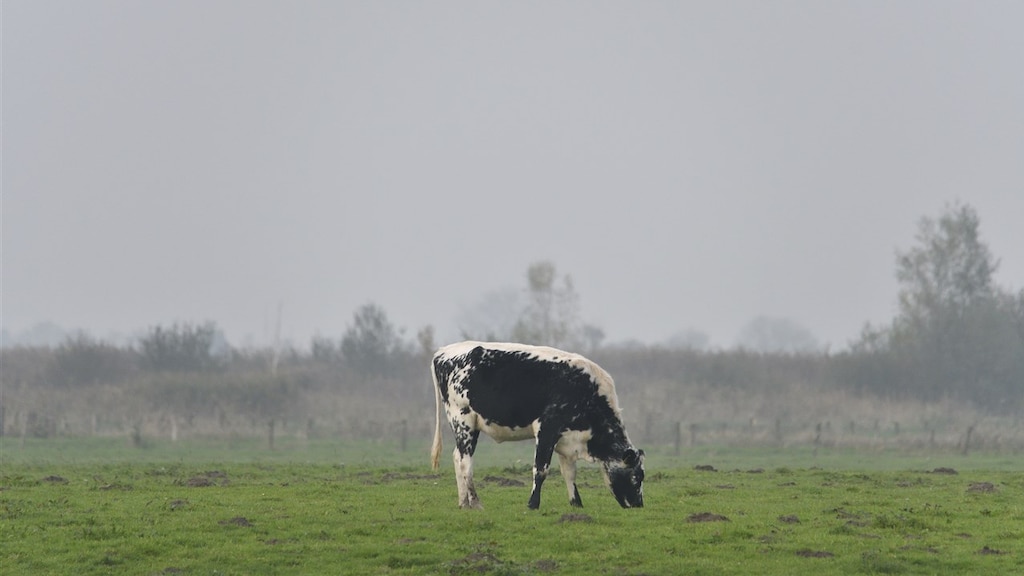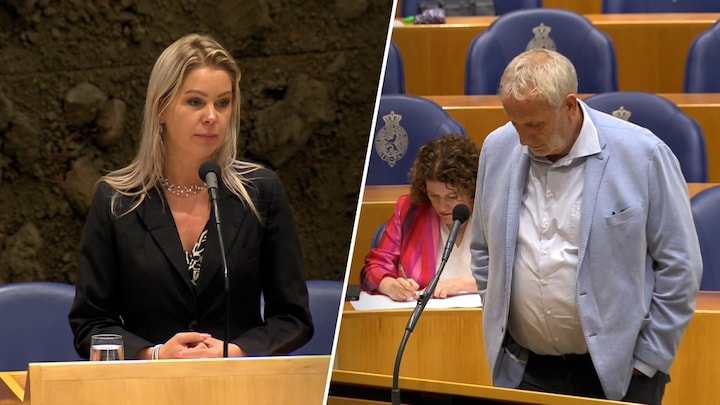Damage from environmental pollution has increased significantly: 46 billion euros per year


We already knew that the emission of pollutants is harmful to health and nature. But now it has also been calculated how high the damage amount is in the Netherlands: 46 billion euros per year. That is a significant increase compared to the 31 billion euros in 2018, the last time this was calculated.
The planning agency investigated the damage of environmental pollution to human health, to ecosystems and to buildings and materials. In order to arrive at a single amount, an amount in euros is therefore determined for all forms of damage.
The culpritsCarbon dioxide and nitrogen oxides in particular are the culprits, in addition to particulate matter from traffic and ammonia from livestock farming. This is the conclusion of the Netherlands Environmental Assessment Agency. The fact that environmental damage has increased so much is largely due to new insights into the harmfulness of certain substances, such as particulate matter.
The World Health Organization (WHO) has therefore tightened the guidelines for air quality considerably in recent years. A clean environment is also considered more important now than it was seven years ago.
The new figures are remarkable, because the emissions of pollutants themselves have actually fallen. The fact that the damage amount has nevertheless risen is partly because air pollution mainly affects the elderly and people with poor health, who are increasingly common due to the ageing population.
Environmental pollution makes people sick and some can die prematurely. It is estimated that in the Netherlands, almost 8,000 people die prematurely each year as a result of air pollution, calculated the European Environment Agency. In addition, environmental pollution causes damage to nature and species disappear.
Strokes and asthmaThe umbrella organization of GGDs in the Netherlands has previously called for cleaner air. According to the GGD, one in six strokes in the Netherlands can be attributed to air pollution. The same applies to one in six children with asthma, one in 13 heart attacks and one in eight lung cancer patients.
- Mobility: 30 percent (13.7 billion euros)
- Agriculture: 27 percent; two-thirds of which is livestock farming (12.7 billion euros)
- Industry: 21 percent (9.6 billion euros)
It has already been shown that agricultural emissions are barely decreasing. This mainly concerns air pollution by ammonia and methane emissions, a very strong greenhouse gas. Both are mainly emitted by (cattle) cattle. The emissions of all nitrogenous substances lead to a total of more than 16 billion euros in damage annually.
PreventionCalculating environmental damage per sector is important, says PBL, because it also makes it clearer where the greatest gains can be achieved.
"For example, healthcare costs are high in the Netherlands, while there is also regular discussion about whether more money should not go to prevention. Reducing environmental pollution can be seen as a form of prevention," says researcher Sander de Bruyn of PBL.
The Planning Bureau points out that using more electric vehicles has a doubly beneficial effect. Not only does electric cars make the air cleaner, they also prevent CO2 emissions.
Damage even higherIncidentally, according to the Planning Bureau, the real damage is even higher than the calculated 46 billion euros per year. Because not all types of emissions are recorded by the Emission Registration, the organization that exists for that purpose.
For example, ultrafine particles are not measured, and microplastics from washing machines are not registered. And there is not enough knowledge about other substances, such as PFAS, to calculate the damage.
RTL Nieuws








